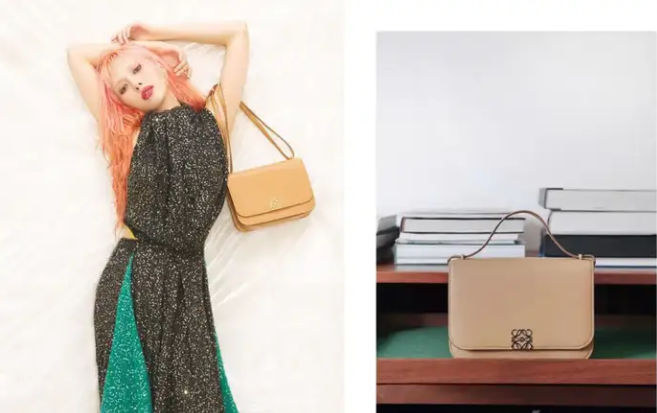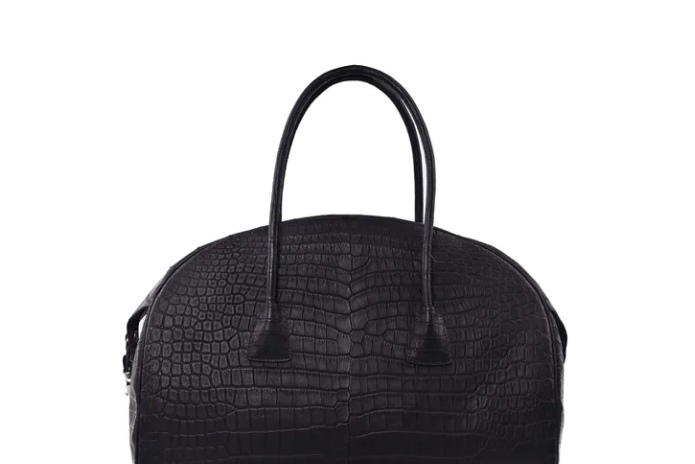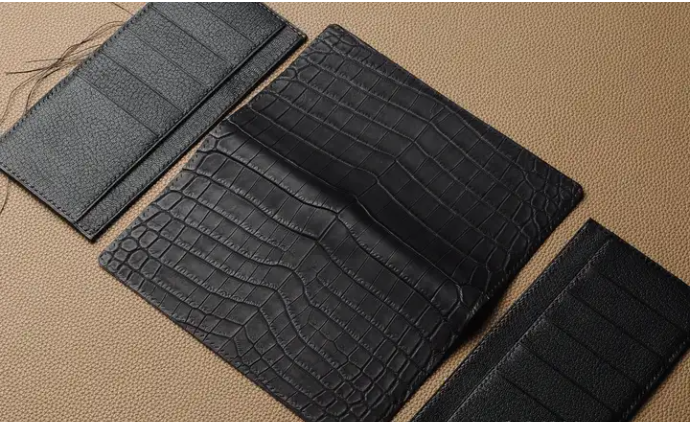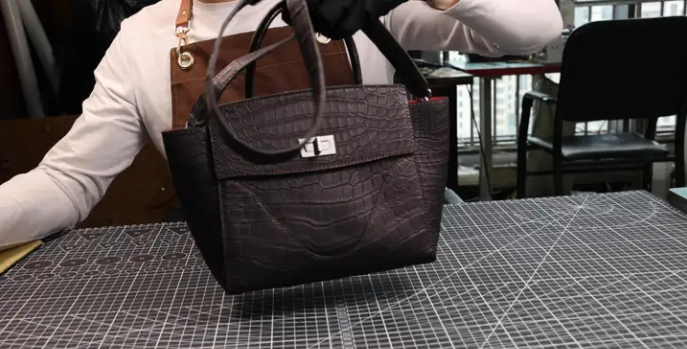Maintenance, repair and production of handmade leather goods
Leather goods refer to various products made of leather, such as leather sofas, bags, shoes and so on. Leather goods are not only high-grade in appearance and quality, but also soft, breathable and wear-resistant, so they are widely popular. But what exactly is the process of making leather goods? The production process of handmade leather goods is quite complex and cumbersome, if not properly operated, not only will affect the appearance quality, but also may affect the service life. Therefore, when buying leather goods, be sure to carefully check its production process. In addition, in daily life, the proper care of leather goods is also crucial, once there is a problem, timely maintenance and repair can not be ignored.
Leather goods are furniture or tools made of leather. Normally, the price of leather goods is relatively high. This is because leather goods not only have a natural texture, but also have wear resistance, toughness and excellent breathability. High-end leather goods are often customized by hand, and each stitch and line represents a unique value. In the leather used to make leather goods, it covers a variety of types, such as cow skin, pig skin, sheep skin, horse skin, kangaroo skin, donkey skin and so on. And rarer materials, such as crocodile skin, ostrich skin, python skin, etc., made of leather goods vary greatly in price. Among them, leather goods made of scarce leather materials have become synonymous with luxury goods.
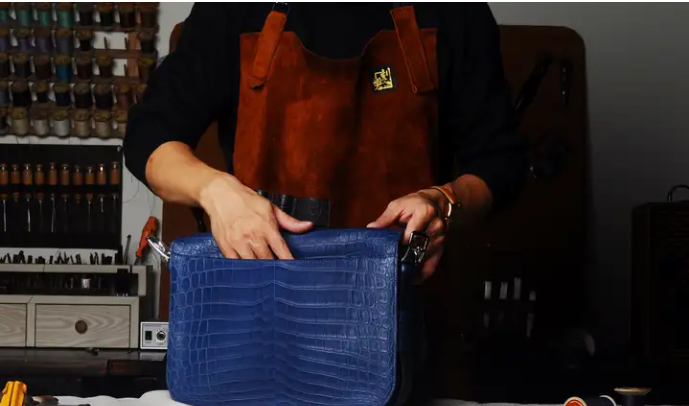
Steps for making handmade leather goods
Step 1: Design the drawing
The first step to start making handmade leather goods is to make design drawings. The design draft should clearly indicate the type of leather goods, required leather materials, specifications and other information. Usually, the design draft needs to contain drawings from six perspectives, forming a six-view design sketch.
Step 2: Select the material
Choosing the right material is the key to making handmade leather goods. The main material is usually cowhide, although other types of leather can also be used. In addition, it also needs accessories such as thread glue, edge oil, leather care solution, zippers, buttons, rivets and so on.
Step 3: Cut the skin
Confirm the required leather according to the leather type, color and specification on the design draft. When cutting leather, appropriate cutting errors should be set aside to avoid waste. After cutting, the leather needs to be repaired and cared for, and maintenance oil can be applied.
Step 4: Leather trimming
Carry out leather trimming work, including grinding and oiling of leather edges.
Step 5: Cut
Align the two pieces of leather and draw a chopped reference line. The line can be marked with an erasable pen to ensure the straightness of the line. Next, different tools are used to cut and pre-press the marks.
Step 6: Suture
Prepare the required needle and thread, and sew after waxing and waxing treatment. Different suture techniques include double thread, double thread, single thread, single thread, etc. Finally, it is necessary to tighten, fix and trim the line.
Step 7: Edge sealing
Apply epithelial edge oil to the neat edges, which helps protect the edges and make them more beautiful. The selected edge oil color can match the leather color, or according to personal preference.
These steps will help to produce high quality handmade leather goods, and each step is crucial to the quality of the final product. If you need further information or guidance, please feel free to ask.
Step 8: Packaging
Before packaging, it is necessary to carefully check whether the hand-made leather goods have any details such as scratches, uneven oil edges, oil leaks, and whether the stitches are neat. After passing the inspection, the inside of the leather goods is filled with newspaper or sponge to avoid deformation of the leather goods under pressure, and the outside also needs to be protected.
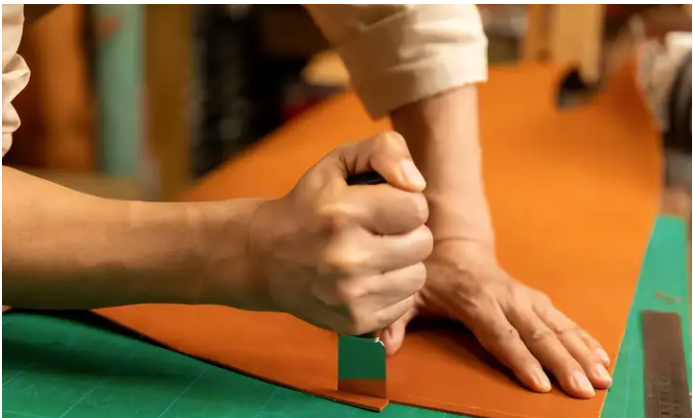
Handmade leather goods making tutorial
Taking the handmade wallet as an example, briefly introduce the handmade leather goods production process:
1. Cutting: Use the arc knife to cut the leather according to the shape of the drawing, and then use the oblique blade and the straight blade for fine cutting.
2. Trim the edge: Use a trimmer to trim the edge, so that the top oil will be more beautiful.
3. Oil: Apply ox foot oil to the lamb skin and oil it. Ox foot oil is a leather care agent that causes the leather to discolor faster during use.
4. Decoration: Use soldering iron to decorate the edge of the card bag to increase the sense of layer.
5. Grooving and grinding: Use a U-shaped groover to open U-shaped grooves in the part of the coin bag that needs to be folded for folding. Fit the cover of the coin bag, then use the CMC to seal and sand.
6. Stitching: Apply beeswax to the twine to prevent fuzz, and then sew the hole
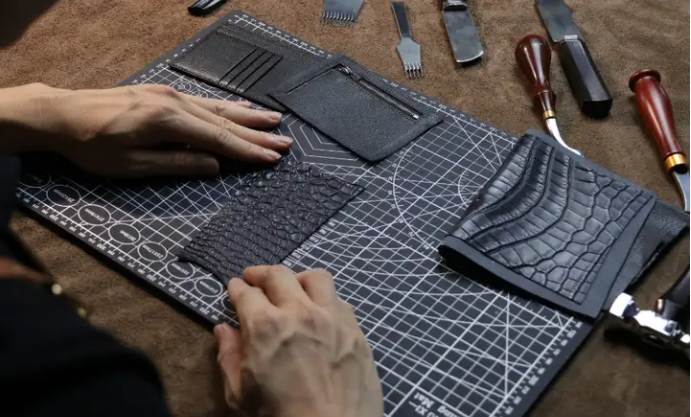
How to choose high quality leather goods
When purchasing handmade leather goods, you need to pay attention to the following key factors to ensure the selection of high-quality products:
1. The quality of the car line: carefully observe the work of the car line of the leather goods, the high-quality handmade leather car line will appear straight, and the stitching will be more tight. Exquisite workmanship is a sign of high quality handmade leather goods.
2. Fabric characteristics: Good leather feels soft, elastic, pores are tight and evenly distributed, and it also has good air permeability. In contrast, inferior leather will feel harder, rough surface, easy to identify.
3. Zipper check: Try the zipper to ensure smooth zipper operation. If the zipper is found to be stuck or the operation is not smooth, communicate with the store in time and may consider replacing it.
4. Internal quality: Pay attention to the quality of the lining inside the leather goods. High-quality leather lining will fit with the outer leather material, while inferior products may have quality problems.
5. Hardware accessories: Hardware accessories have an impact on the appearance and service life of leather goods. Although the hardware is not the main functional component, the sophisticated hardware accessories can add a lot of color to the leather goods. Therefore, when choosing leather goods, we should also pay attention to the quality of its hardware accessories.
To sum up, when purchasing leather goods, we should not only pay attention to the appearance and style, but also carefully examine the texture of materials, the degree of workmanship and the quality of accessories. These factors together determine the value and quality of handmade leather goods. In the shopping process, you can compare different brands, styles and price ranges of products to make an informed choice.
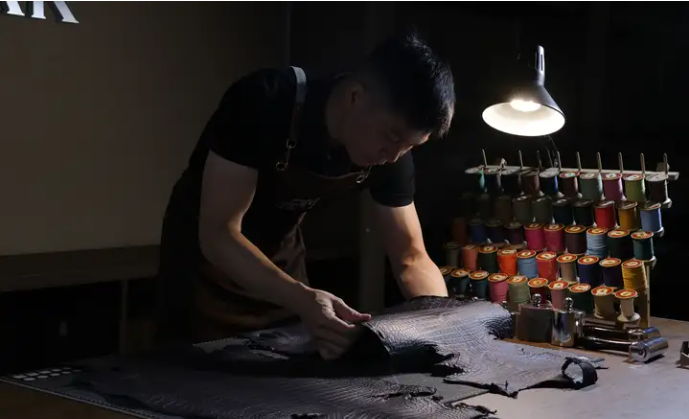
Leather goods maintenance and care
Leather goods are a noble material, and proper maintenance and care can extend their service life and maintain a good appearance. Here are some tips on how to clean and care for your leather goods:
Cleaning and maintenance methods:
1. Gently wipe and clean: Usually you can use a clean, wet soft cloth to gently wipe the surface of the leather goods, and then wipe the residual water with a clean cloth. This helps remove dust and stains from the surface. Avoid using cloth that is too wet, so that the leather will not absorb too much moisture.
2. Maintenance oil: Regularly use special leather maintenance oil or leather care cream to moisturize leather goods. This can help maintain the softness and shine of the leather. Before use, a small range of tests are carried out to ensure that there will be no adverse reactions to leather goods.
3. Stain treatment: For small stains, you can use a soft cloth or sponge dipped in a small amount of warm water and neutral soap, gently wipe the stain. But be sure to avoid too much moisture into the inside of the leather. For stubborn stains, it is best to give the leather goods to a professional leather care shop for treatment, so as not to cause damage by its own treatment.
4. Avoid sun exposure: long-term direct sun exposure can lead to fading and deterioration of leather goods. Try to store leather goods in a cool and ventilated place, away from direct sunlight.
Note:
Avoid water immersion: Leather goods are susceptible to moisture, avoid exposing leather goods to a lot of moisture, so as not to damage the texture and structure of the leather.
Use cleaners with caution: Avoid using strong cleaners, alcohol, or chemicals to clean leather goods, as these may damage the surface of the leather.
Keep dry: In humid environments, use desiccant or keep leather goods ventilated to prevent mold or deterioration.
Regular care: It is best to carry out regular care of leather goods, which can be maintained once a month and adjusted according to the frequency of use.
In short, the right leather care can keep your leather goods in good condition, so that it is more durable and beautiful during use.

Leather repair techniques
Repair leather goods need some professional methods and skills, the following are several common leather goods repair situation and treatment methods:
1. Leather scratches treatment:
For minor scratches, you can use a small amount of oil or nail polish remover, pour on a paper towel, gently wipe the scratched part, sometimes can reduce or restore the scratch.
For serious scratches, it is best to send the leather to a professional leather maintenance shop for repair to avoid further damage.
2. Disposal of damaged leather goods:
Extensive damage requires skin repair. First mix leather glue and fixator, attach similar leather to the damaged area, apply the mixture, and blow dry with a hair dryer.
Then the details are processed, including the steps of removing film, polishing, filling, copying skin lines, and complementing color. These steps require a certain amount of expertise and tools, and are best carried out by a professional leather goods repair shop.
3. Moldy leather goods treatment:
Alcohol can be used for small moldy areas. Pour the alcohol on a clean towel and wipe the moldy area.
For large areas of mold, it is best to use a professional leather mold remover. Wearing rubber gloves, spray mold remover onto a clean towel and wipe down moldy areas to ensure thorough cleaning.
Please note that when repairing leather goods, especially for more serious injuries, it is best to seek professional help to avoid further damage to the leather goods. If you are not sure how to operate, it is recommended to consult a professional leather goods repair shop or experts

